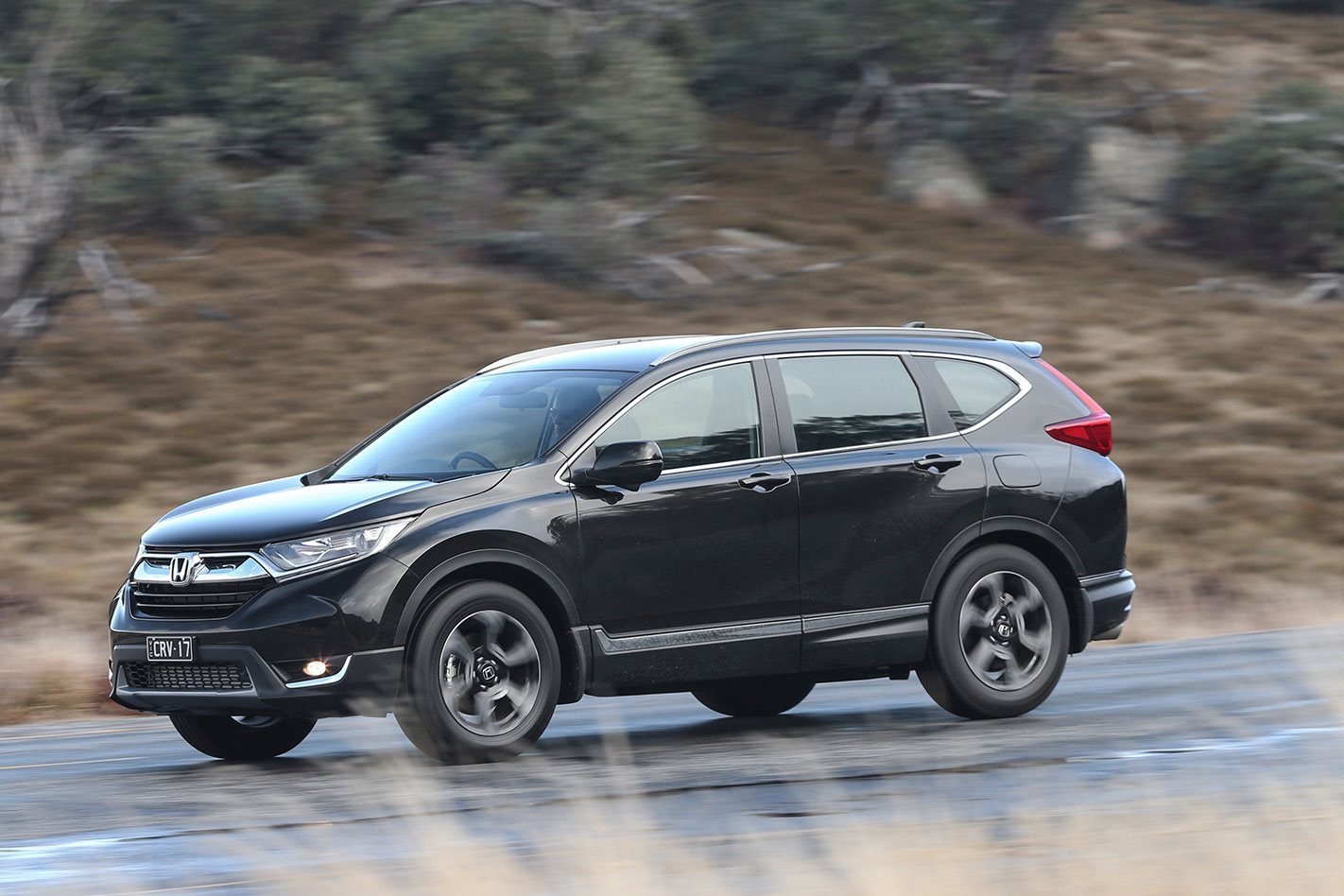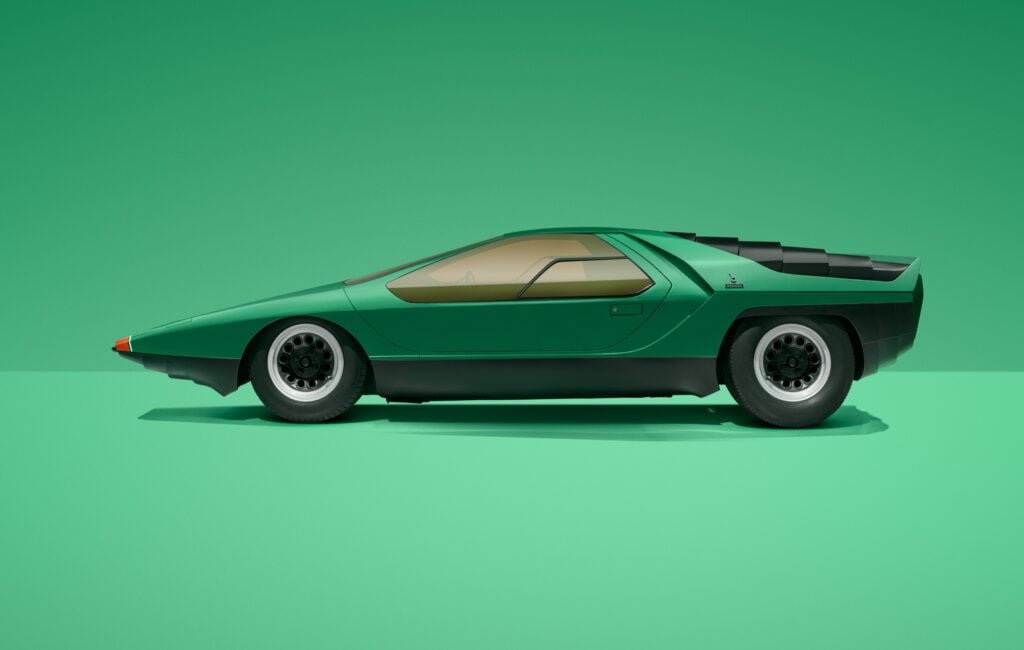HONDA is an industrial behemoth. Its market capitalisation at the end of 2018 made it the fifth most valuable car company in the world. In that same year it produced over five million cars, with only five car manufacturers shifting more metal. Those would be, in order, Toyota, Volkswagen, Mercedes-Benz, General Motors and Ford.
Yet here in Australia it’s a relative bit-part player, ranking tenth, climbing from twelfth two years ago. To put that local discrepancy into perspective, here in Australia, Honda (which ranks sixth globally), shifts less than half the stock of Mazda, a company that ranks 22nd in the world. All of which leaves you asking one question:
Why do Australians have such a complicated relationship with Honda?
It’s not as if the company has a lousy portfolio. But break down the portfolio into market segments and you begin to see why Honda has an issue. Take the booming SUV segment as an example. Here in Australia, Mazda markets the CX-3, the CX-30, the CX-5, the CX-8 and the CX-9. Five models across five niches, with everything from a sub-compact to a pair of hefty seven-seaters, with a choice of petrol or diesel engines, manuals and autos, front- or all-wheel drive. By contrast, Honda has the front-drive HR-V, available with one engine and a CVT transmission or the CR-V, again with just a CVT transmission and one engine, but in this case offering a choice between front- and all-wheel drive. The pair of them sell moderately well, contributing to Honda’s local sales record in June 2018, but individually these models don’t have the depth of choice to kick on towards the sales podium in their respective classes. A runner-up place for the front-drive CR-V VTI-L in this month’s Gold Star Cars for Australia’s best value vehicles (backed up by a podium for the Jazz Jazz VTi) demonstrates that the company’s best products are fundamentally punching in the right places.
Honda’s other five models are a mixed bag. The NSX supercar and Odyssey people mover contribute very little to sales numbers. Likewise the City sedan, which shifted 837 units in 2018. Even a clogger like the Suzuki Baleno can sell a couple of thousand units here in Oz, and you know you must be doing something very wrong when Mitsubishi’s ancient Lancer – a slightly larger vehicle but not dissimilar pricewise – outsells you eight to one. A cynic might well point out that Australians clearly value cheap cars over quality ones, but that still doesn’t help Honda.
That leaves its two respectable passenger car competitors: the Jazz and the Civic. The former was the fifth in its class last year, behind the Hyundai Accent, Mazda 2, Toyota Yaris and Suzuki Swift, while the Civic finished in sixth, behind Toyota Corolla, Mazda 3, Hyundai i30, Volkswagen Golf and Kia Cerato.
There’s no large SUV, there’s no dual-cab ute, there’s no proper 4×4, there’s no sedan and no affordable sports coupe or roadster. The frustrating thing is that Honda occasionally shows us what it can do when it really tries, with cars like the incredible Civic Type-R. That is a genuinely class-leading car, and it’s hard to argue that the NSX isn’t a brilliant technical achievement and a worthy halo model, yet for the most part, that engineering-led genius is sorely lacking across the range of cars that we get. But we can’t just let ‘Honda be Honda’ and hope for the best.
It was exactly this dogmatic attitude that saw Honda miss the rise in popularity of diesel engines at the turn of the century. Adamant that variable valve-lift technologies could achieve much the same ends with petrol engines (they couldn’t), the three years post-2000 saw Hyundai overtake Honda, with Nissan and Toyota both garnering market share hand over fist in Europe.
Honda launched its range of diesel engines in 2003 and started filling out its SUV portfolio to achieve peak European sales of 313,000 in 2007, just in time for the GFC to decimate new car sales. Closing one of its lines at the Swindon plant in the UK saw it operating well below peak operational capacity. Fears over Brexit have seen that plant drawn down, with shuttering due in 2021. A series of curiousproduct decisions has seen the company lag behind its key competitors. Some of them are genuinely baffling.
The Honda Insight and the Toyota Prius once carved the hybrid market up between them. Now Honda sells just one hybrid vehicle in Australia, which racked up the sum total of two sales in all of 2018. Two. That’s pitiful. It’s outsold by the Morgan Aero8. Honda has ceded its joint lead in the biggest technological breakthrough of the last generation – vehicle electrification – to practically zero here.
Honda would doubtless counter by insisting that it targets private buyers – relatively successfully we’d point out – and eschews a ‘pile it high, sell it cheap’ fleet mentality. This helps prop up residual values for customers and ensures a measure of ongoing loyalty. A switch to five year warranties has also been a smart move to counter the helter-skelter market share claw of the Korean brands.
Some of the issues are certainly not Honda Australia’s doing per se. Toyota sold 32,000 Prado and Kluger seven-seat SUVs in 2018. Toyota shifted more than 50,000 Hiluxes in the same 12 months, yet Honda has the MDX seven-seater and the Ridgeline ute that it can’t make a business case for converting to right-hand drive. This speaks of a key shift within the company. In the 1980s, Honda was a notably outward-looking company under the stewardship of the extrovert Nobuhiko Kawamoto. Nowadays it looks increasingly to its home market and the US, rather than addressing the issues in regions where it has struggled of late.
That underpins why Australia has this mixed relationship with Honda. It’s hard to escape the perception that while its sales have risen in a rising market, there’s insufficient product depth in key areas to fend off rivals. A reinvigoration of Honda’s hybrid tech is clearly in the works and can’t come soon enough. Whether it can come soon enough remains to be seen.
u00a0 2018 AUSTRALIAN SALES FIGURES BY MANUFACTURER (Source: VFACTS) | |||
1 | Toyota | 217,061 | |
2 | Mazda | 111,280 | |
3 | Hyundai | 94,187 | |
4 | Mitsubishi | 84,944 | |
5 | Ford | 69,081 | |
6 | Holden | 60,751 | |
7 | Kia | 58,815 | |
8 9 | Nissan Volkswagen | 57,699 56,620 | |
10 | Honda | 51,525 | |
11 | Subaru | 50,015 | |






